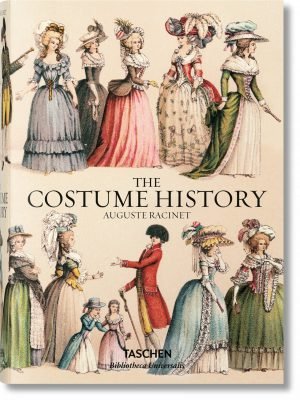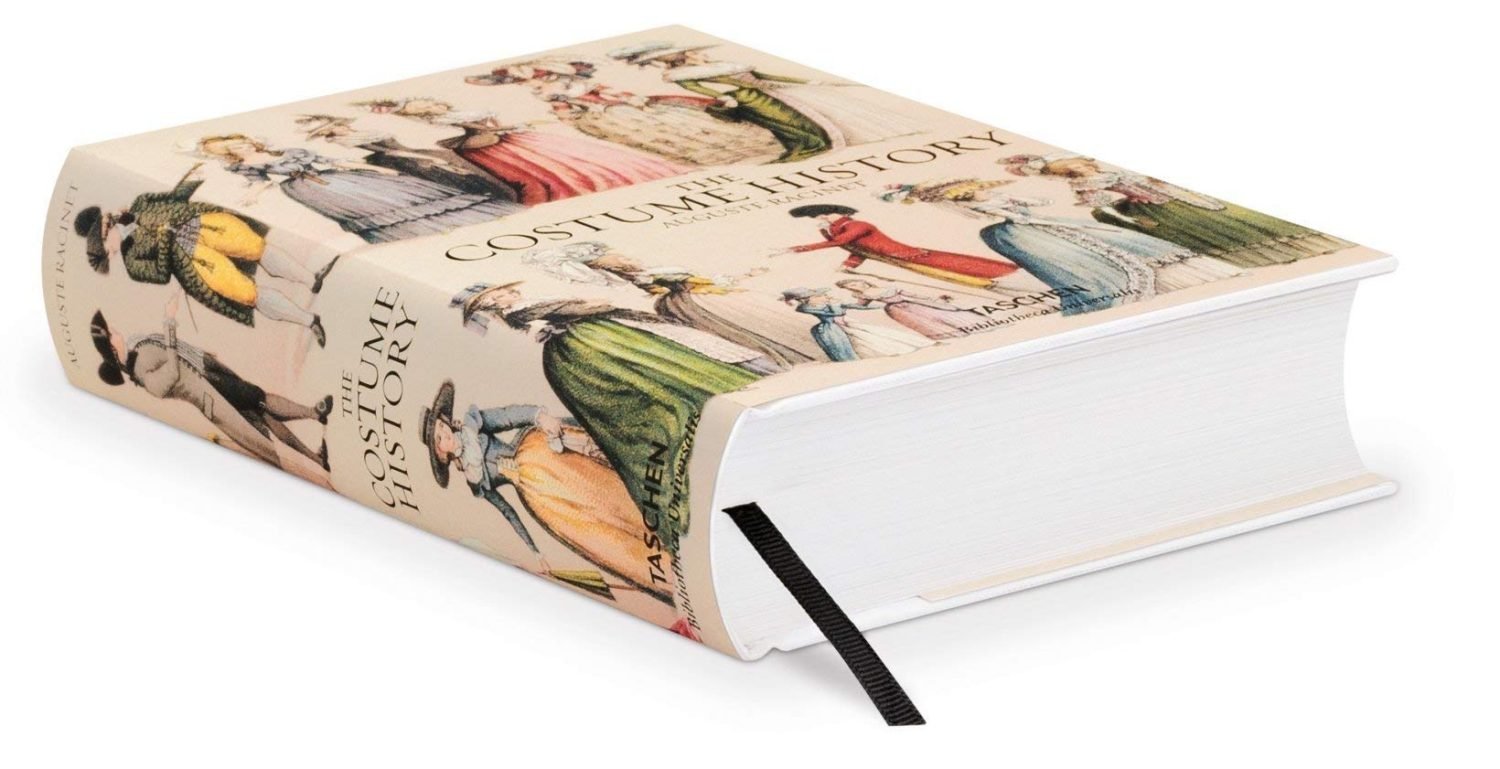Ghiordes (Asia Minor) Rug. One of the most highly prized by collectors.
Tag: Carpet
Old Carpet from Armenia or South Caucasia. 18th c.
Old Caucasian Carpet from Armenia or South Caucasia.
Persian Shah Abbas or Ispahan Carpet in Vase design of the 17th century.
Among the few entire carpets of its kind known to exist is this vase design from South Persia, known by the names “Shah Abbas” and “Ispahan.”
Hindu Prayer-Carpet manufactured at Ahmedabad.
The Prayer-Carpet forming our present illustration, manufactured at Ahmedabad, was chosen for the Museum of Ornamental Art as one of the most faultless of these Indian productions.
Characteristically English carpet of the time of James I, dated 1614.
The carpet is a very fine example of the time of James I. The whole design is characteristically English of the period.
The floor of a mosque. Silk carpet made of antique Tabriz weave, Iran.
This interesting and valuable rug is of antique Tabriz weave, of finely blended colors and rare design.
A Royal Persian rug of the 15th century. Gift of the Persian Emperor.
Royal Persian. 15th century. THIS is probably as near perfection as the woolen carpet of the East has ever come.
Indo-Persian Rug of the Ballard Collection. India 17th century.
Indo-Persian Rug of the catalogue of oriental rugs in the collection of James Franklin Ballard.
An Adraskand Carpet of the 18th century. About Central Asian rugs.
The carpet illustrated is an exceptionally beautiful fabric from the Adraskand valley, dating back to the eighteenth century.
Antique Afghan Turkoman Rug, or Filpa Carpet of a nomad tribe.
Afghan Filpa Carpet. The carpet illustrated is a particularly line specimen of great age, with a warmth of color that stimulates the eye, and a luxusness of pile that suggests repose.

Auguste Racinet. The Costume History by Françoise Tétart-Vittu.
Racinet's Costume History is an invaluable reference for students, designers, artists, illustrators, and historians; and a rich source of inspiration for anyone with an interest in clothing and style. Originally published in France between 1876 and 1888, Auguste Racinet’s Le Costume historique was in its day the most wide-ranging and incisive study of clothing ever attempted.
Covering the world history of costume, dress, and style from antiquity through to the end of the 19th century, the six volume work remains completely unique in its scope and detail. “Some books just scream out to be bought; this is one of them.” ― Vogue.com











